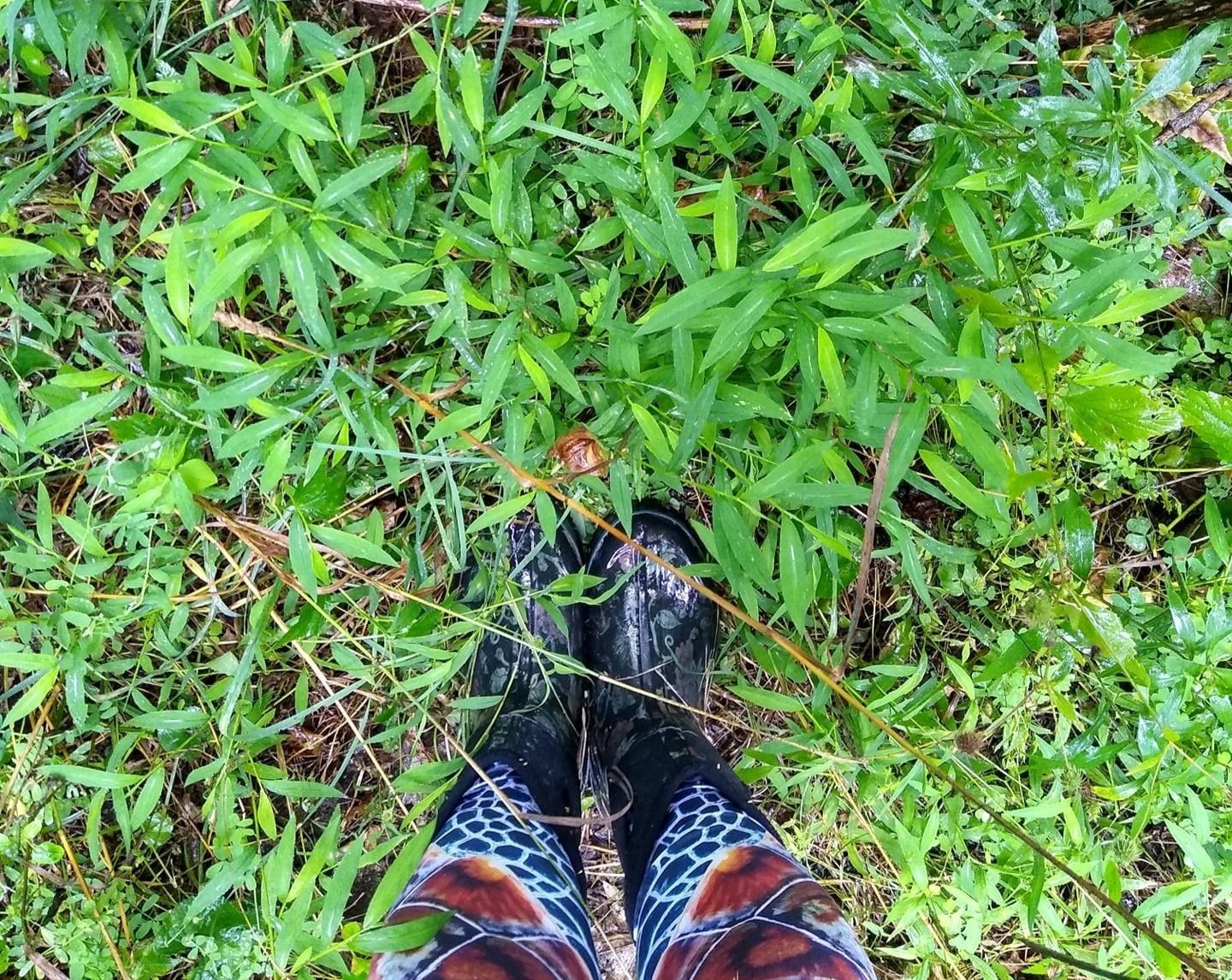
INVASIVE SPECIES
In order to address invasive species in the region, a collaborative group of stakeholders from the Jackson, Lenawee and Washtenaw Counties applied for, and received a grant to establish the "Jackson, Lenawee and Washtenaw Cooperative Invasive Species Management Areas (JLW CISMA)".
The JLW CISMA seek to prevent, detect, eradicate and control invasive species in our area, create a strategic plan for reducing the threat of invasive species, and provide outreach and educational opportunities for local citizens and stakeholder groups.
Currently, the JLW CISMA’s efforts are focused on education and outreach, with a goal of coordinating and supporting efforts to survey and develop early detection, response, and strategic eradication plans. Which is where YOU come in!
We need your help, Jackson County!
This is Dr. Shikha Singh, our amazing Invasive Species Coordinator. She’d like to introduce you to a few local pests to keep an eye out for…
Japanese Stiltgrass
(Microstegium vimineum)
An annual grass species that was first discovered in Tennessee, Japanese Stiltgrass has now spread to the eastern part of the country, and was recently reported in Michigan. It has lance-shaped leaves that are about 2-3 inches long, pale green, with a silvery-white strip along the midvein of the leaf. It has short roots, making it easy to pull. (Yay!) It spreads very easily, as each plant can produce between 100 to 1000 seeds (Boo!), and those seeds are viable for about 5 years in the soil. This grass is considered invasive because it takes over the environment and suppresses native plants from growing.
(Image © Shikha Singh)
Heath Snail
(Xerolenta obvia)
Heath snails are smaller than a dime, and distinguished from other snails by their flat shell, which has dark spiral bands and is chalky white in color. Originally from Eastern Europe, this snail is an agricultural pest as it contaminates grains, fruits and vegetables, rendering the shipment unsellable. They are also a vector for the spread of fungal pathogens that impact agricultural plants, and a vector of sheep and goat parasites like sheep lungworm.
(Image © Shikha Singh)
Garlic Mustard
(Alliaria petiolate)
Garlic mustard is an established herbaceous invasive species that was brought over by Europeans and has now spread to most of the northern and central states of the USA (even as far as Alaska!). It can be distinguished from other plants by its triangular leaves, 4-petaled white flowers, and its distinctive garlic-like smell when leaves and stems are crushed. It can grow in a variety of conditions, including both shaded and sunny areas. Garlic mustard is a successful invader due to its many seeds, and being allelopathic — it releases a chemical that prevents other plants from growing nearby, and eventually takes over the area. While it is edible, it is very bitter!
(Image © Shikha Singh)
Red Swamp Crayfish
(Procambarus clarkii)
This species of crayfish can travel on land, and is distinguished from native crayfish by the bright red bumps on its body, elongated head with a triangular rostrum, and is about 2-5 inches in length. Native to the Mississippi River watershed and the Gulf Coast, this species of crayfish was introduced through a variety of methods including aquarium and classroom releases, bait, and escapees from crayfish boils (yowza!). Red Swamp Crayfish out-compete our native crayfish species for food and habitat, and can introduce diseases to our local crayfish populations.
(Image © Shikha Singh)






